A sense of wonder is essential to creativity and working in a creative field, let alone simply taking pleasure in our surroundings. Here is a list of a few ways to stimulate our sense of wonder and our interest in the world around us.
Be curious, and never stop wanting to learn. The amount of different directions we can take is seemingly endless, but this doesn’t have to be intimidating. In fact, it should not be that. Instead, think of this as an exciting opportunity to unlock many paths of discovery.
See, perceive, and respond. Be aware of the essence of what you observe. What is the first thing that catches your attention when you are observing something? That is essentially that thing’s life to you. It’s your perception, and therefore represents its existence in your world. Be aware of your interpretation. Think of different perspectives from which you might observe the same thing, as if looking through a new pair of eyes. For example, if you were a tiny bug, if you were a giant, if you were flying through the environment. This puts you in the position of seeing something anew, and by doing so, gives you a new point of view both literally and figuratively.
Be excited and impassioned. Treat what you do with a sense of adventure. Engage in the experience. Use all of your senses to explore. The nature of creativity is invention and the seeking out of the unknown. It’s in the search that you will unearth a newfound sense of enthusiasm and eagerness.
Be skeptical, ask questions, get answers. Think of how to form your questions in order to get the answers that can spark your creative flow. If you’re unsure of how something was constructed, for example, think about not only what you’d like to know about its construction, but why you’d like to know it. Is this feasible? How can that be? I’m curious because its construction doesn’t seem plausible if it were to exist in its environment. Is it possible to desconstruct this and rebuild it? Would I have built this differently? If I would have, I might have built it with ____ because ____… These are just examples of digging deeper into getting answers and forming questions, but it’s these types of questions that spark the deeper curiosity, and get the ball rolling in the seeking of answers.
Allow yourself to make mistakes and roll with them. Recognize where that unexpected incident takes you. Allow yourself to be wrong or not know something – backtrack to find what happened, and be mindful of what things caused the new or different direction you chose to take in order to get to where you are now. Become aware of how you respond. This is not necessarily to gain the answers in order to avoid mistakes, but to discover how you gained a new way of achieving something, as well as to discover the nature of your temperament and how you react to the world around you.
Be fearless when it comes to the unknown. Do things you don’t know how to do and go places you’ve never been – art-related or not. You can reconstruct your modes of response by allowing the new into your routine. By doing new things, eventually excitement will replace fear in unfamiliar situations, and you will have created a new tendency to entering those unfamiliar situations and places with a sense of opportunity instead.
Share your awe and wonder with others. A great way to celebrate being moved by the world around us, is to share that experience with others. Whether going on an adventure with a friend, telling a story, or creating an image that was inspired by your adventures, connection plays a key role in the enjoyment of seeing the world anew, and encourages others to engage in the unfamiliar and uncommon as well.


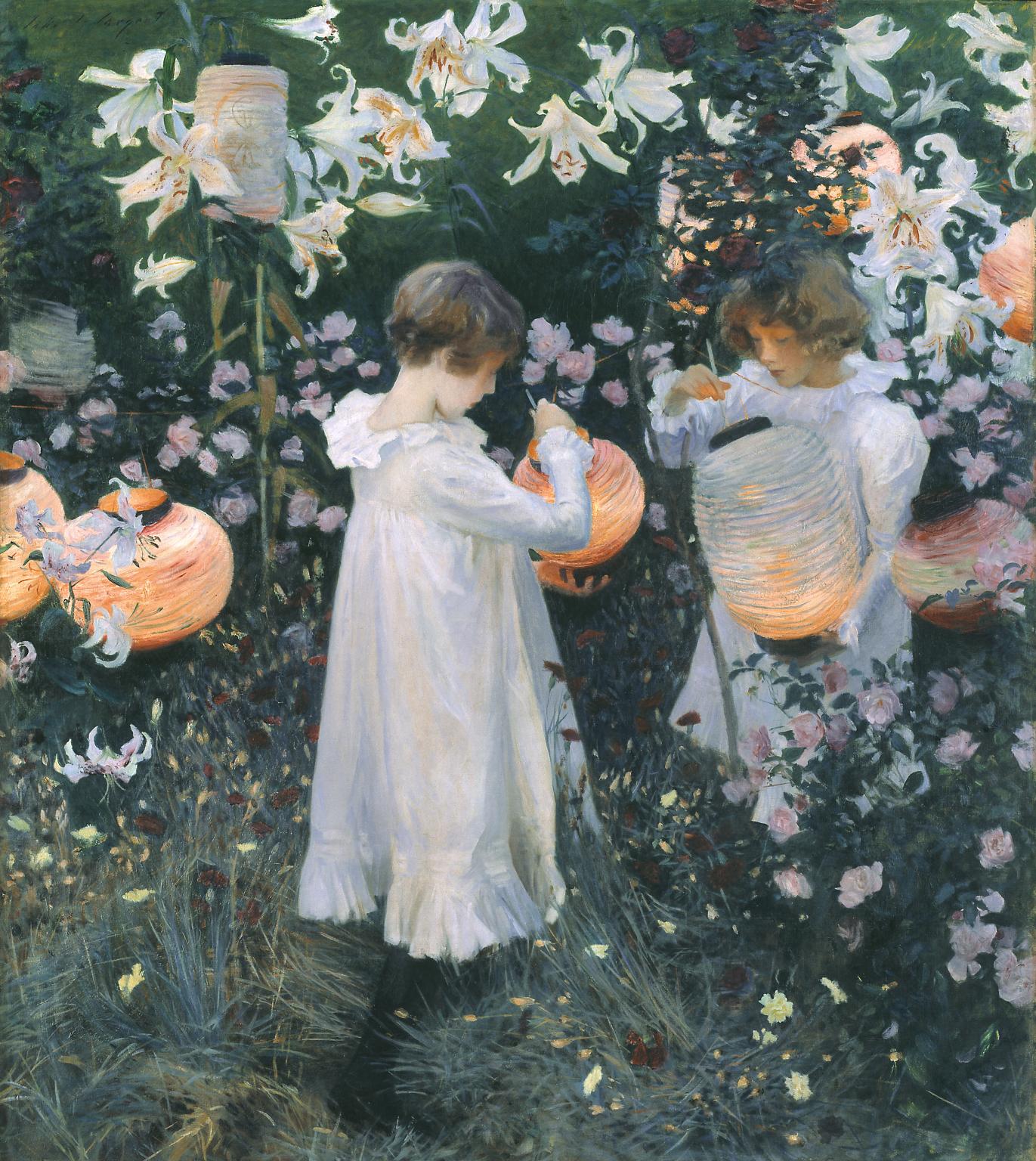
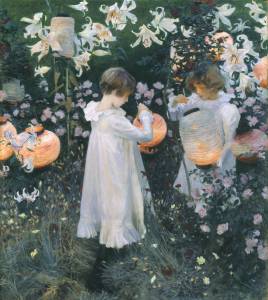
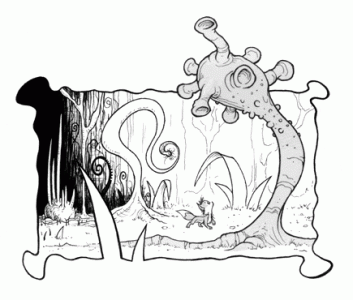

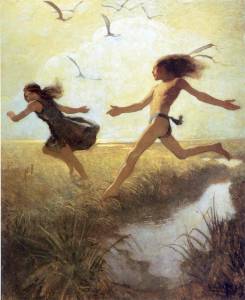
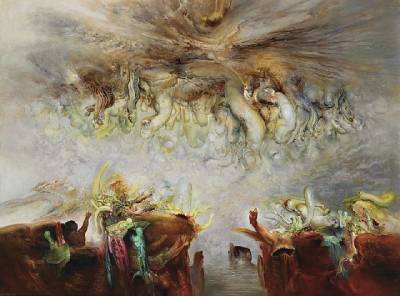
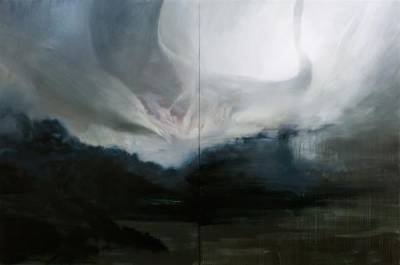
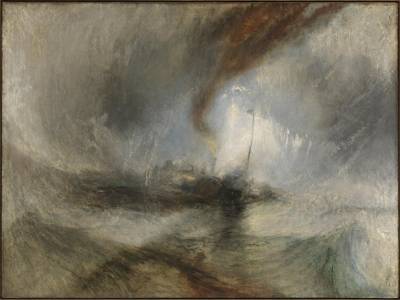
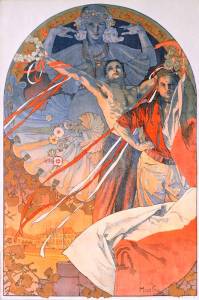
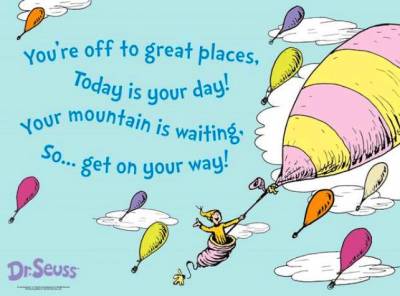
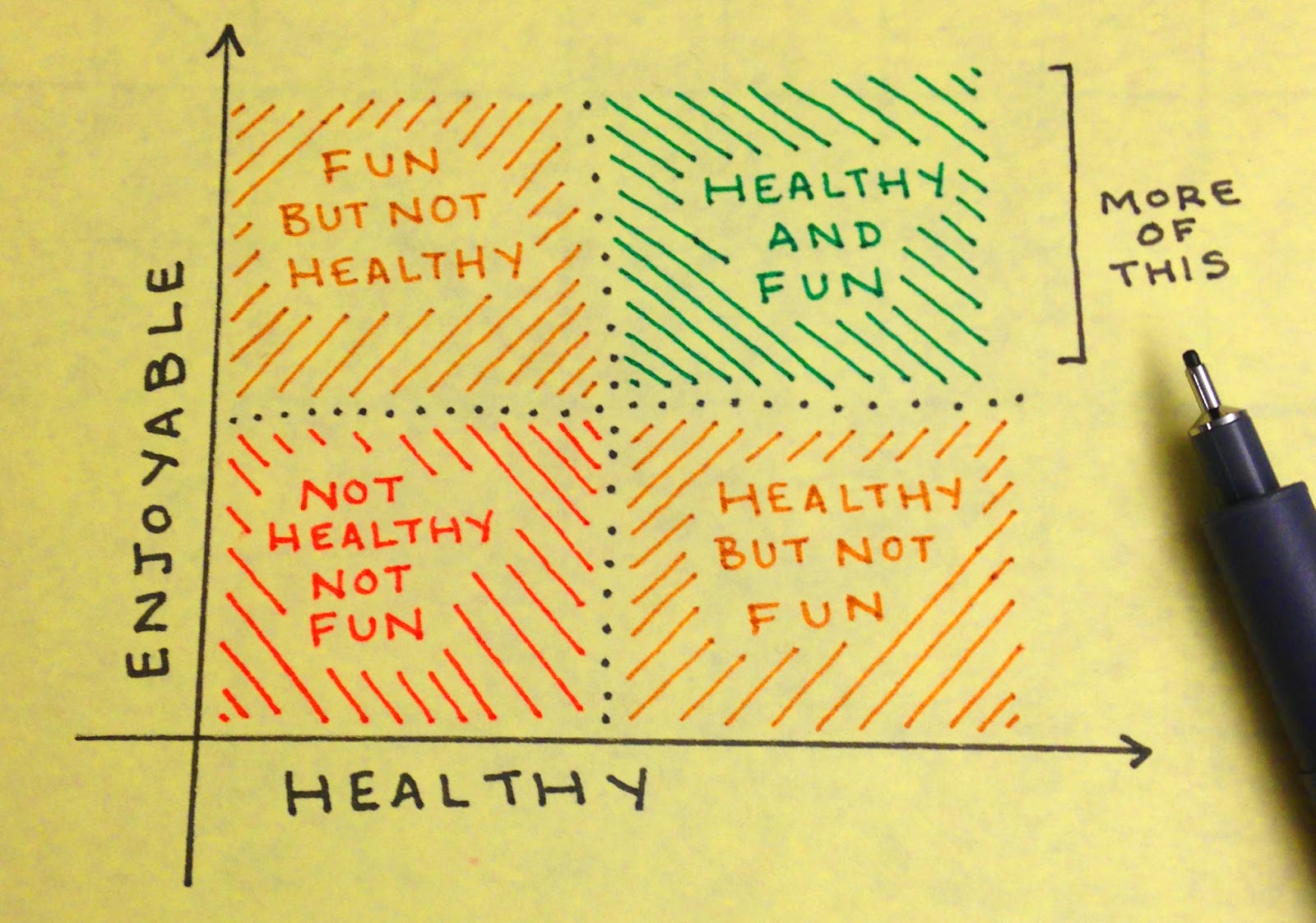
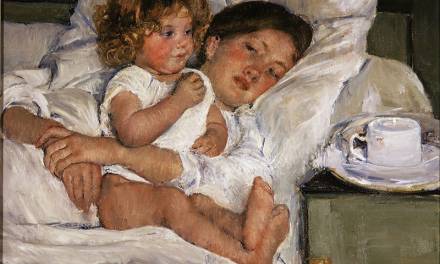
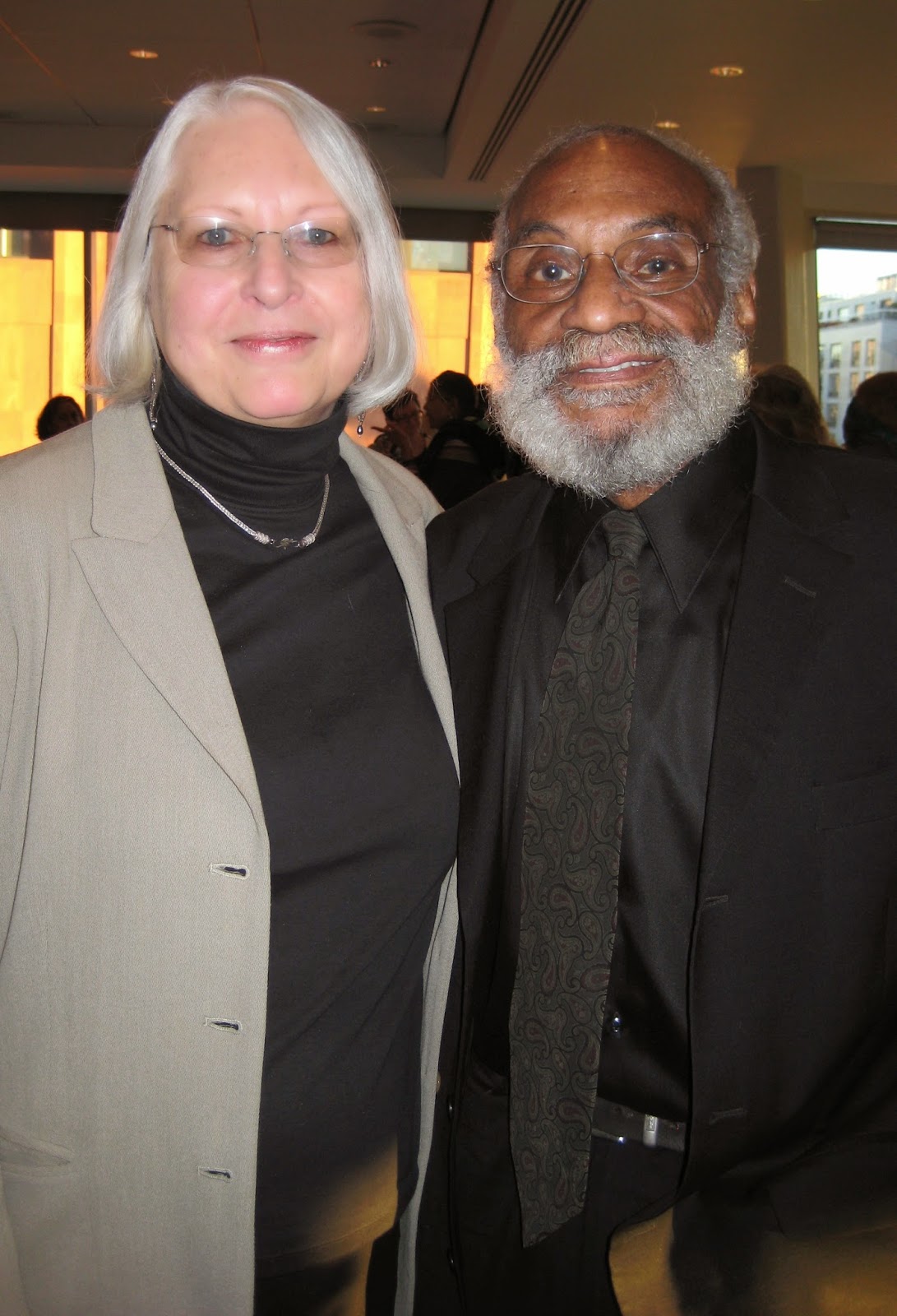
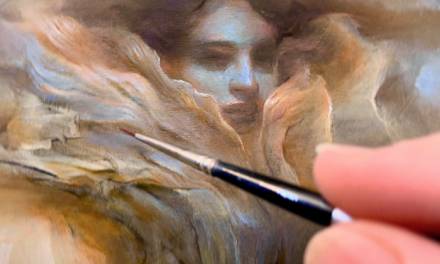

Trackbacks/Pingbacks